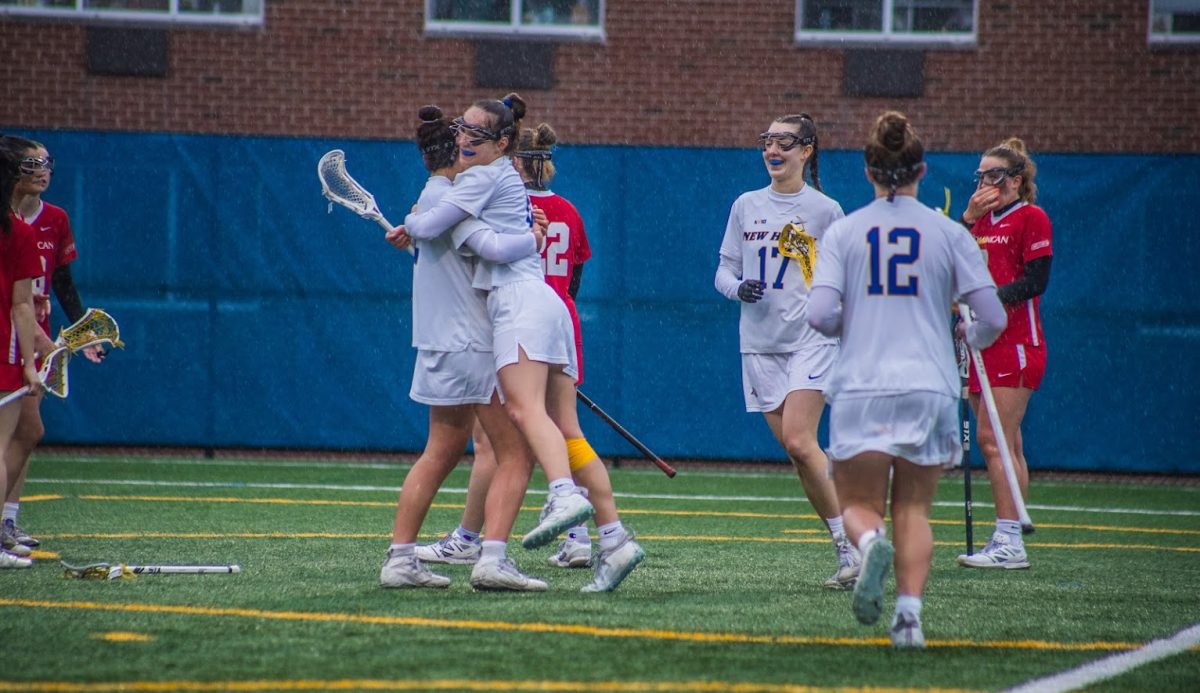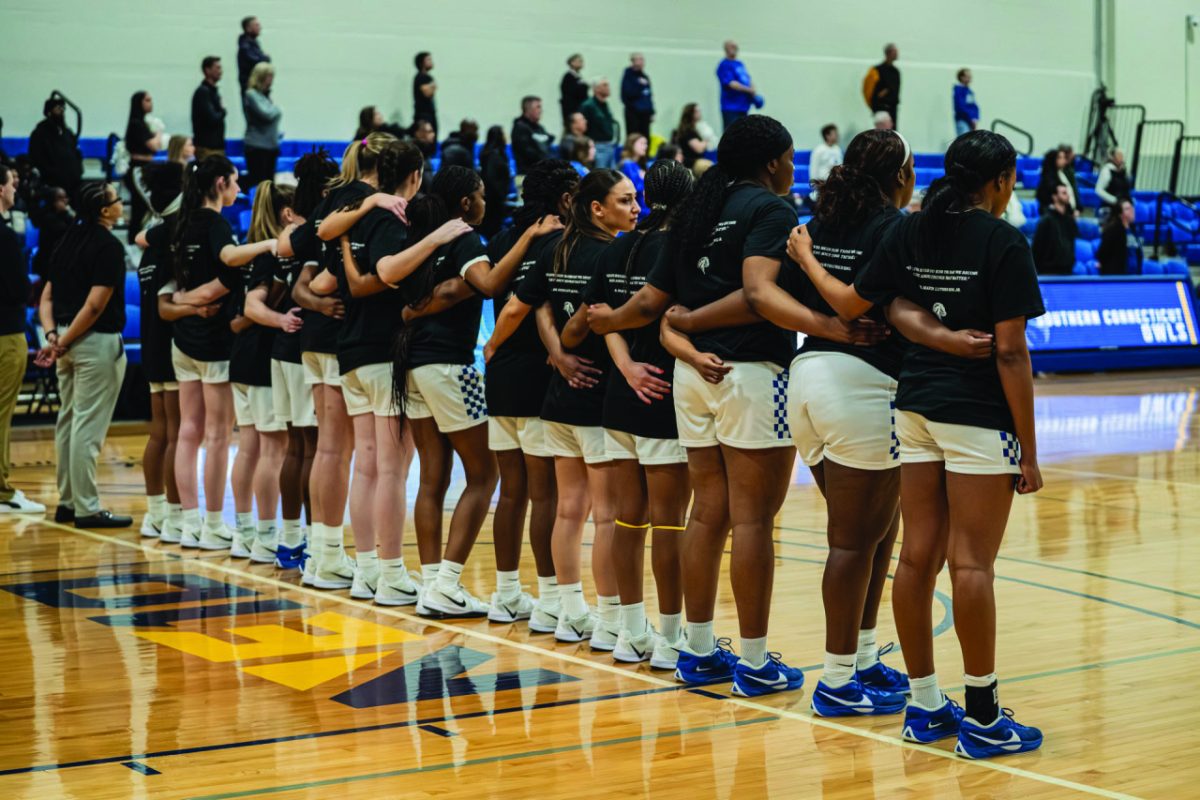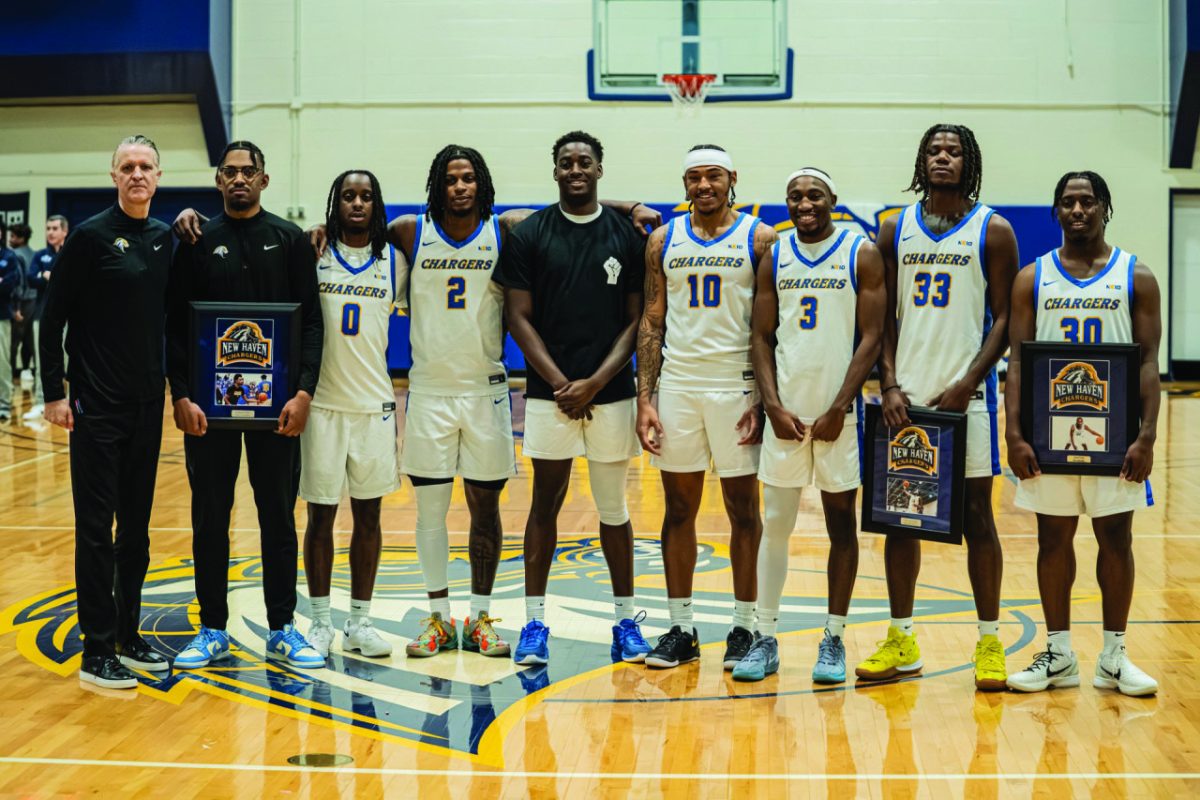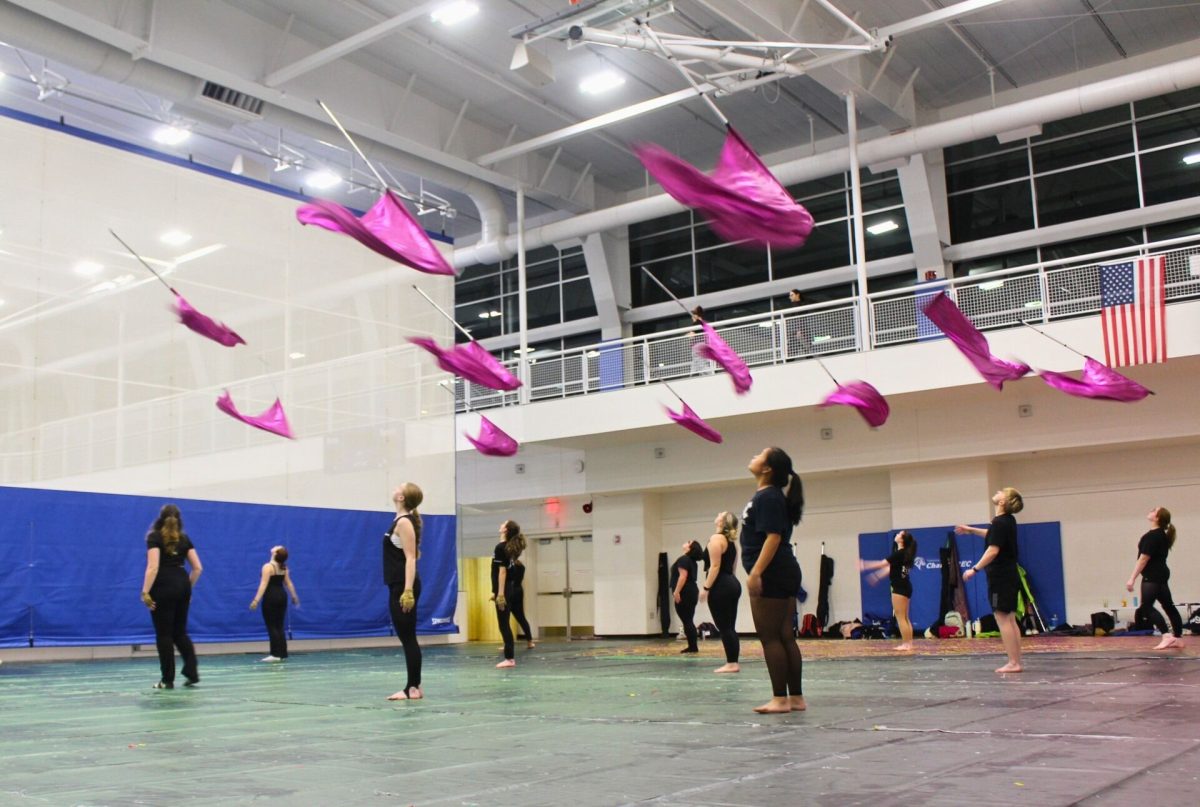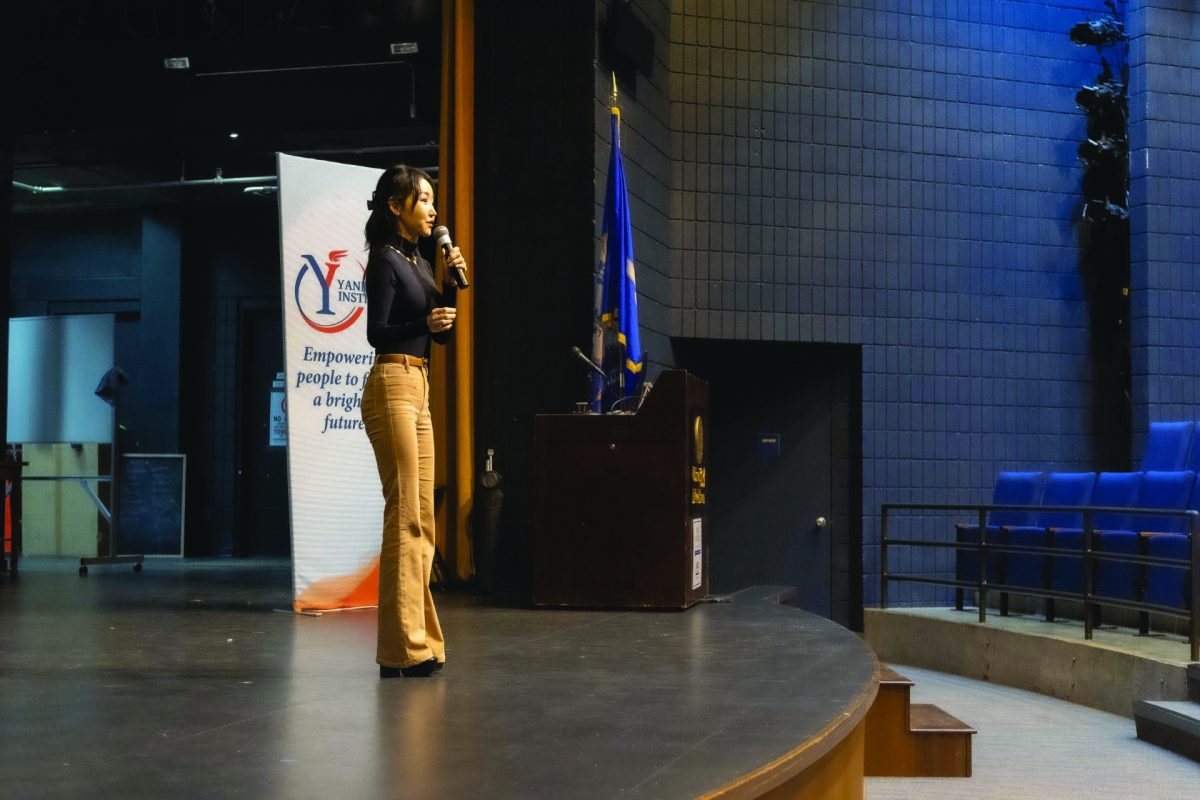Behind every collegiate athlete is a path. Athletes share a sense of devotion to succeed in athletics, academics and social life. But why does the path still include a battle over gender inequity in college athletics?
Athletes around campus talk about the lack of attention paid to women’s athletics, compared to men’s. The conversation occurs throughout the NCAA. While the inclusion of women in sports has drastically improved with time, inequity remains, which has led to a situation that runs counter to what most Americans want.
An Associated Press survey said that eight in 10 Americans, across the political landscape, believe that men and women should be treated equally and have access to the same opportunities.
But a junior on the softball team, Sophia Piccirilli, said unequal treatment stretches to each sports gear and workouts. Several of the women’s teams would not receive similar workout privileges compared to men’s teams and were “always left with what’s at the end of the pile.” She said the women’s tennis and rugby teams may not bring in as much money compared to other sports, but, asks Piccirilli, should this impact their opportunities or the equipment they receive?
“When we are in season, we are given our trainers and that’s who we go to whenever we need them,” said Piccirilli. “The same week we were going to Florida, football had their spring games.”
She said the team was told that because the football team would need trainers, her team was not provided a trainer for their 10 games in Florida.
“That made myself and other members of my team feel like we weren’t as important,” said Piccirilli.
From a recent American University Business Law Review article, “… while the men were provided with lavish equipment, locker rooms, weight rooms, meals and more. Last year, the Women’s March Madness tournament had virtually no branding, a ‘weight room’ that contained one rack of dumbbells along with a few yoga mats and among other things, very few food options.”
Ashley Craig, a first-year member of the university’s track and field team, said the team is fostered through support and inclusiveness. But even in that environment, Craig said she’s noticed more attention given to men’s athletics throughout the sports department.
“At UNH, a lot revolves around our men’s football and basketball team, including athletic trainers,” said Craig. “We have a limited number of trainers and I have empathy and understanding of that. However, their attention tends to go to those teams, leaving other sports in the dust.”
Title IX, a federal law of the Education Amendments passed in 1972, is meant to protect students from discrimination in both education and extracurricular activities. A recent Pew Research survey said that 61% of Americans believe that funding for men’s and women’s sports should be equal while 21% claim funding should depend on the money that the team brings in.
Both Piccirilli and Craig said they feel the men’s teams receive more attention from the athletics department, because of them bringing in more money and attention for the university.
An Equity in Athletics Data Analysis survey shows the revenues and expenses
that both the women’s and men’s athletic teams bring in. The reported total expense for 2021-2022 for the university’s football team was $2,178,604, while the women’s teams combined cost a total of $3,511,833. The football team does bring in the most attention and revenue for the university, but there is still a significant difference in the expense between men’s and women’s teams. The total expense of all men’s teams adds up to $4,204,036, depicting an almost $1 million deficit spent between men’s and women’s athletics.
Ron Prettyman, the interim director of athletics, said in the 45 years since the implementation of Title IX, inequities are far fewer.
“We need to continue to find new and creative ways to maximize the student-athlete experience,” said Prettyman. “We need to always be mindful about how equitable opportunities and experiences are established.”
Prettyman said the university has a student-athlete advisory committee where concerns are raised and with further discussion, these issues can be brought to the athletic director.



